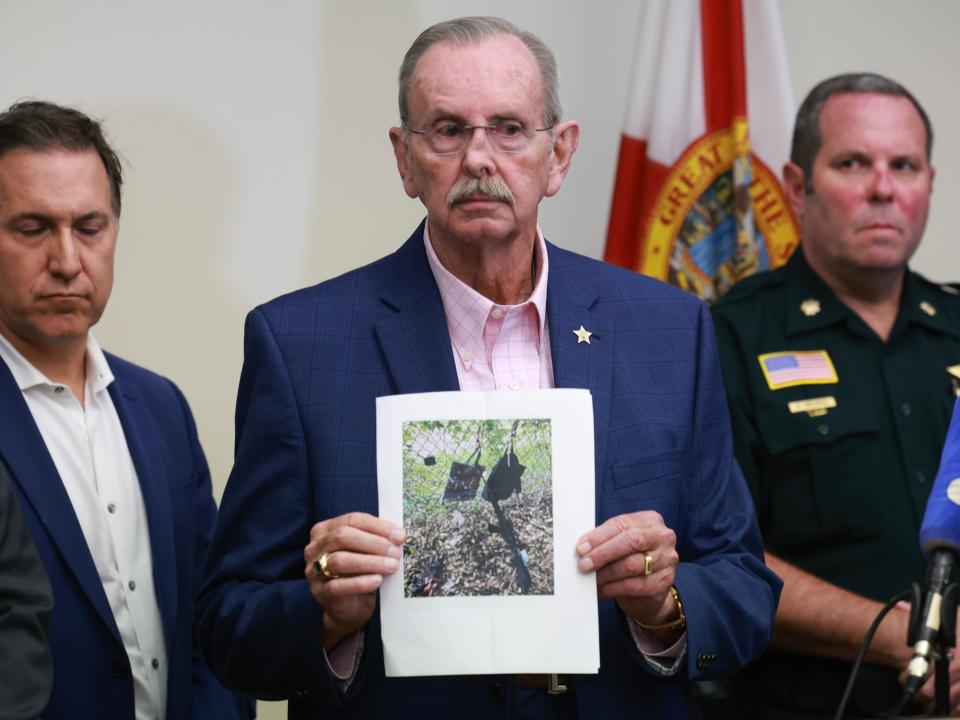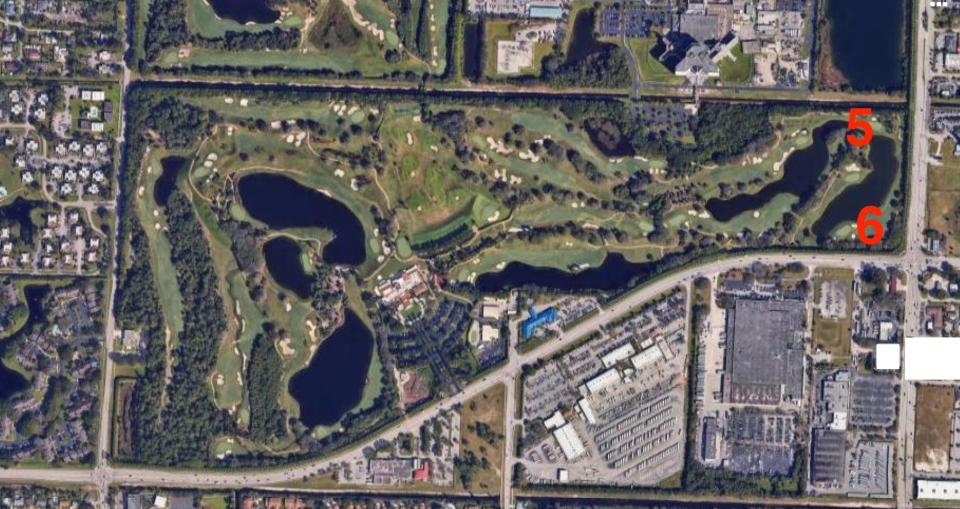-
On Sunday, a suspect was apprehended after an apparent assassination attempt on Donald Trump.
-
Experts told BI that protecting a president at outdoor events presents tough security challenges.
-
They said that Secret Service agents handled the incident exactly how they were supposed to.
An apparent assassination attempt against Donald Trump on Sunday was another stark reminder of the challenges the Secret Service faces when protecting a president outdoors, security experts told Business Insider.
The Secret Service fired shots at a suspect after agents spotted a man with an AK-47-style rifle at the Trump International Golf Club in West Palm Beach, Florida, where the former president was playing, authorities said. It remains unclear if the man fired his gun before the security team engaged him.
Palm Beach County Sheriff Ric Bradshaw said that the suspect was between 300 and 500 yards from the former president.
After being shot at by the Secret Service, the suspect fled the scene. Details from an eyewitness allowed the man to be apprehended by law enforcement as he drove away on the interstate.

According to intelligence and security experts who spoke with BI, a potential assassin being spotted and detained showed that the former president’s security detail handled the situation exactly as they were trained to do.
“This is a very good outcome, considering the number of people that they had to handle the situation,” Kenneth Gray, a former FBI special agent, told BI.
The Sunday incident is the second time in two months that Trump’s life was put in danger, underscoring how difficult it is to protect him in an outdoor setting, let alone a golf course, the experts said.
On July 13, Trump was injured after a man fired off several shots during an outdoor campaign rally in Butler, Pennsylvania. The man, who was spotted on a building rooftop about 147 yards away from the podium, was killed by a Secret Service sniper.
The agency faced immediate backlash for its handling of the rally security, sparking an independent review of the incident ordered by the Biden Administration.
“Look, all outdoor events are nightmares,” Jeffrey James, a former Secret Service agent, told BI. “That’s how I described the rally where President Trump was shot because when you’re outdoors, sightlines go on for thousands of yards.”
James was a special agent for the Secret Service for 22 years, serving during the Clinton, Bush, Obama, and Trump administrations. In an interview, he told BI that a golf course, one of Trump’s oft-visited settings, presents unique challenges for the Secret Service.


James said that as a former president, Trump does not receive the same security package as a sitting president. But the fact that he’s a nominee and an attempt on his life was made in July changes the scope of the security detail, he added.
Still, the Secret Service faces several limitations and blind spots at a golf course.
“There’s only so much that any sort of law enforcement or protective service can do in these sorts of situations where there’s large open areas,” Matthew Shoemaker, a former intelligence officer at the Defense Intelligence Agency, told BI.
James, the former Secret Service agent, agreed that a golf course is “essentially wide open” outside the tree line or vegetation, where a suspect could easily hide.
“So someone could be in a tree line 15 feet deep in the shadows and the president is walking or riding down the center of the fairway where he’s in a wide open posture,” James said.


In addition to the blind spots, James added that the Secret Service would never shut down an entire golf course — even for a sitting president.
“It’s not always practical to shut down things like abutting roadways — that could get very extensive. And then you start to interrupt commerce and traffic just for the president golfing, and that’s when it gets tough to justify something like that,” James said.
Instead, the former agent said a security detail would set a perimeter around where the president is golfing.
During his time in the Secret Service, James said that his team usually had an agent walk out one hole ahead along with a “trailing element” to ensure nobody could sneak up behind the president. James said there was also a team that would be in proximity to the president in case he needed to be grabbed and evacuated.
“The agent who was out ahead who saw it — that’s exactly what he or she was supposed to do,” James said.
Read the original article on Business Insider


